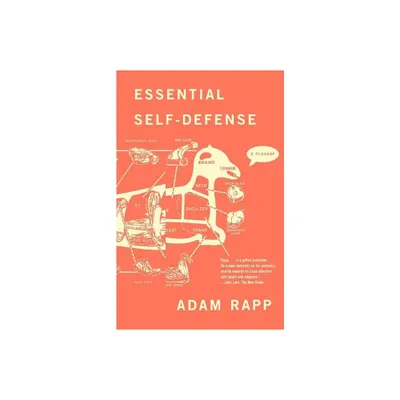Home
P.A.T.H. Approach to Effective Self Defense, Part 2: Kiko
Loading Inventory...
Barnes and Noble
P.A.T.H. Approach to Effective Self Defense, Part 2: Kiko
Current price: $15.99


Barnes and Noble
P.A.T.H. Approach to Effective Self Defense, Part 2: Kiko
Current price: $15.99
Loading Inventory...
Size: OS
*Product Information may vary - to confirm product availability, pricing, and additional information please contact Barnes and Noble
Kiko is the Okinawan Karate method of training the energy of the body. Kiko is inseparably integrated into Karate training. Many of the fundamentals of Kiko are embedded in kata training or targeted in some way toward empty hand combat. So, if one practices Kiko, Karate is being practiced, especially in katas like Sanchin and Tensho and their variations. This is true even in the practice of the combat katas, depending on the speed, power and visualization with which they are practiced. Karate training has four major components: combative techniques, proper mental states, energy (Ki) development and control, and body conditioning. Combative techniques are passed down and trained through kata, short forms, two-person drills and sparring, both controlled and not so controlled. Proper mental states are trained through kata and meditation, both still and moving. Energy development/control and conditioning are the purview of Kiko and are trained by all of the above, but especially kata, using both internal and external exercises.There are legendary stories of aged Karate masters who were able to severely damage a younger, stronger opponent with what appeared as nothing more than a light touch. These masters were said to turn their entire bodies into generators of Ki, releasing it at will without any apparent external visual clues. The myofascia web of the body and the spring-like crimping of the collagen fibers that compose it give it the ability to store elastic energy and provide the scientific basis for these mystical feats of martial power. Training Ekkin-kyo, muscle-tendon changing, and Senzui-kyo, bone marrow washing, are what gave martial power to their techniques.The fascial web of the body forms a continuous matrix of structural support around all the organs, muscles, joints, bones, nerves and blood and lymph vessels. If it is healthy fascia with its lattice orientation of fibers and their crimps, it has the ability to protect the structures it surrounds. Application of proper training exercises can induce an altered architecture of the fascia with stronger crimps. As previously stated, this takes time with regular practice. With stronger crimps, thicker and stronger fibers, arranged properly more energy is stored around the body parts, becoming what is known as protective Ki. The idea behind body conditioning is to develop the ability of the body to be protected from blows and trauma directed at it. Training to develop the fascial network from the inside out, gradually and over time, is the safest way to condition the body. The strengthening process may take a few years, resulting in a strong, flexible and resilient collagenous matrix to protect the body, but such a focus on a long-term goal is nothing new to those who train Karate.


















